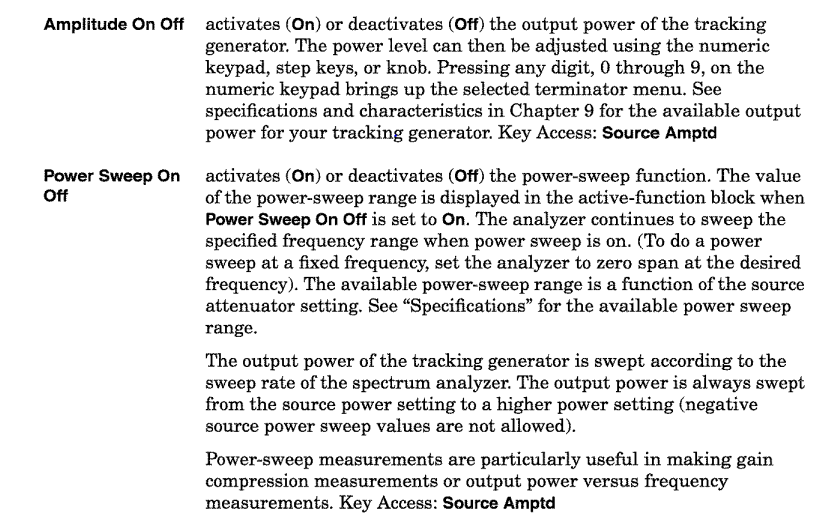I'm currently attempting to characterize a PIN photodiode's 3 dB bandwidth. The photodiode input is a laser source that is being modulated by an ESA RF output that performs a frequency sweep from 0-1.5 GHz. The output of the photodiode is then connect to a 50 Ω resistor which is connected to ground. The ESA input terminals are connected over the 50 Ω resistor. I have two pertinent questions:
- The spec sheet gives a 3 dB BW of 0.7 GHz. Can a regular breadboard be used for the circuit? Currently, I have the legs of the components connected together and the components themselves in air, since I read that the parasitics of the breadboard will interfere with the measurements. I did attempt to measure it with the breadboard and didn't notice a large increase in noise.
- I'm using a 50 Ω resister since the input of the ESA is also 50 Ω. However, I'm still getting RF reflections in the output spectrum. I'm unfamiliar with RF circuits and measurement. How would I go about matching the impedance in a better manner?
The modulation is the power sweep function from the HP L1500A:

! Edit Previously I was using a Pulse Pattern Generator to modulate the LASER. I increased the PPG frequency until the spectrum amplitude rolled off to 1/sqrt2 value. This issue was that the spectrum was extremely noisy, and near impossible to get an accurate reading of the roll off.


